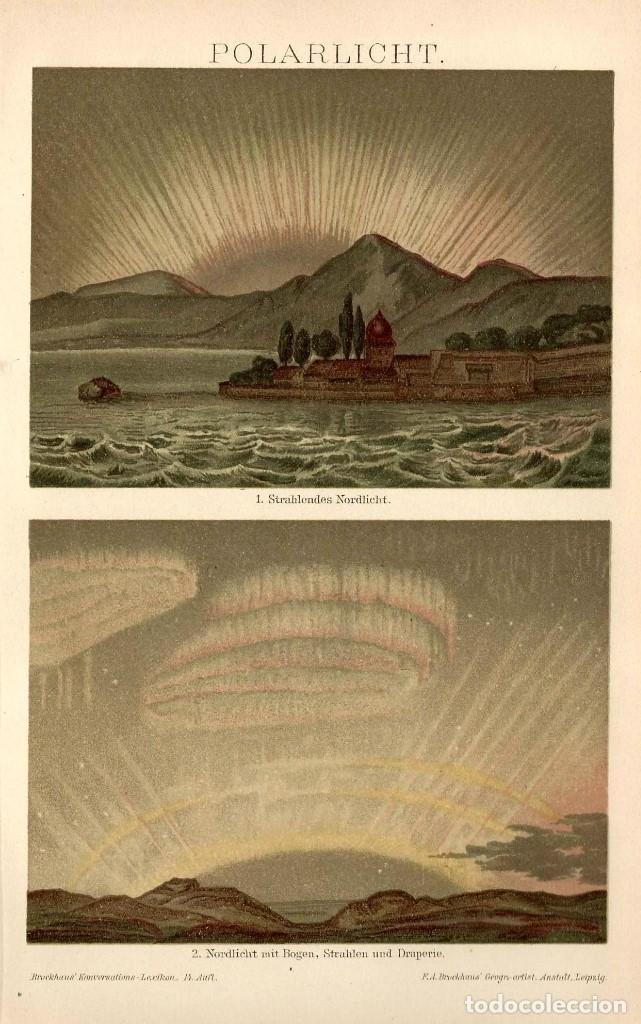Jan 27, 2017 - IMVU for Mac is an online community where members use 3D avatars to meet new people, chat, create and play games with their friends. Imvu mac download. Jul 25, 2017 - How to Install IMVU (Mac) Go to the IMVU Downloads page and download the latest version for Mac. Once the file downloads, double-click it. Drag the IMVU icon from this window into the Applications icon (either in the same window or in the Fiinder sidebar.) Wait for the copying to finish.
[1] The great solar storm that took place on 24–25 October 1870 is not well known and has been almost absent from previous studies. In this work, a large amount of information that was registered at the time is compiled and analyzed, including early geomagnetic data and several comprehensive descriptions of the auroras observed during these two nights. These descriptions reveal unusual characteristics for a typical low‐latitude aurora. For example, unlike most low‐latitude auroras (generally red and diffuse), this event was mostly characterized by a variable palette of colors, including greenish and white. The geomagnetic records analyzed from Lisbon and Coimbra (Portugal), Greenwich (United Kingdom), Munich (Germany), and Helsinki (Finland) clearly show an intense geomagnetic disturbance on 24–25 October. The Coimbra magnetograms reveal that this disturbance consisted of two distinct geomagnetic storms, the first on 24 October (with amplitudes of 37′ in D and 182 nT and 48 nT in H and Z, respectively), and the second on 25 October (with amplitudes of 33′ in D and 281 nT and 192 nT in H and Z, respectively).
Finally, from early photographic solar observations made during 1870, we have identified a long‐lived group of sunspots that are most likely related to the solar source of this great event of space weather. Introduction [2] It is known that the appearance of auroras at lower latitudes is associated with intense eruptive flares and their associated coronal mass ejections (CMEs). These low‐latitude auroras and their associated geomagnetic storms can disturb power grid networks and pose large risks to spacecrafts and high radiation hazards to astronauts in orbit.

Agency National Oceanic and Atmospheric Administration (NOAA) has developed the Space Weather Scales to improve understanding of space weather events among technical operators and the general public alike. The Scales project allows correlating space weather events with their likely effects on technological systems [ ]. Fortunately, recent developments in solar monitoring satellites (e.g., SOHO, Coriolis) have shown their ability to predict the timing for the arrival to Earth of solar flares and/or CMEs, a fact that can be of the outmost importance to protect spacecrafts, power grids and humans in space [; ]. In any case, it should be stressed that the study of these intense events in the past can help to put the recent occurrence of intense solar storms, such as those that have occurred in October–November 2003, into a wider perspective. [3] The study of the largest geomagnetic storms that have occurred in the last two centuries is of relevance today because it provides additional information on extremely damaging space weather events that can strike in the near future [ ].

 0 kommentar(er)
0 kommentar(er)
